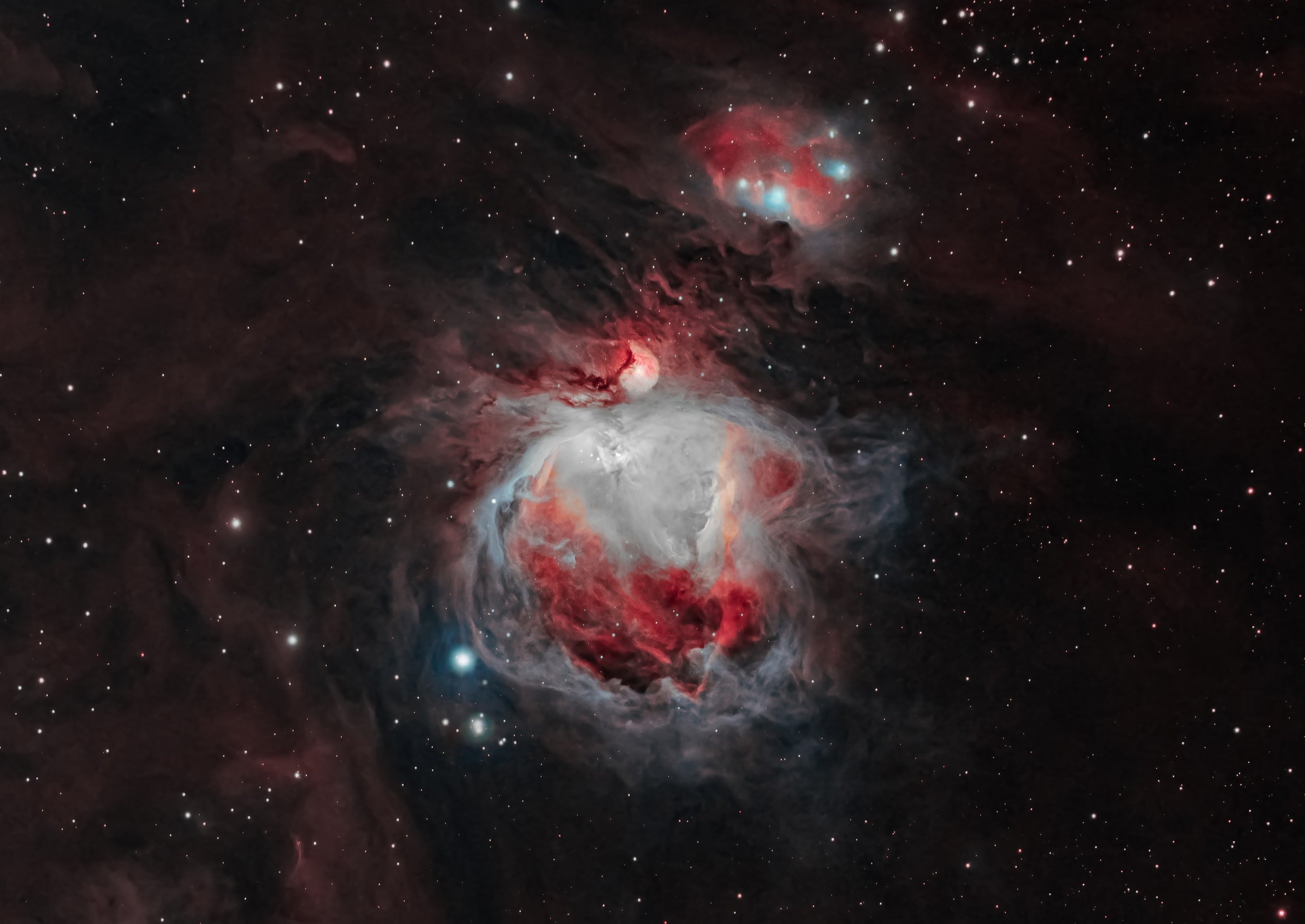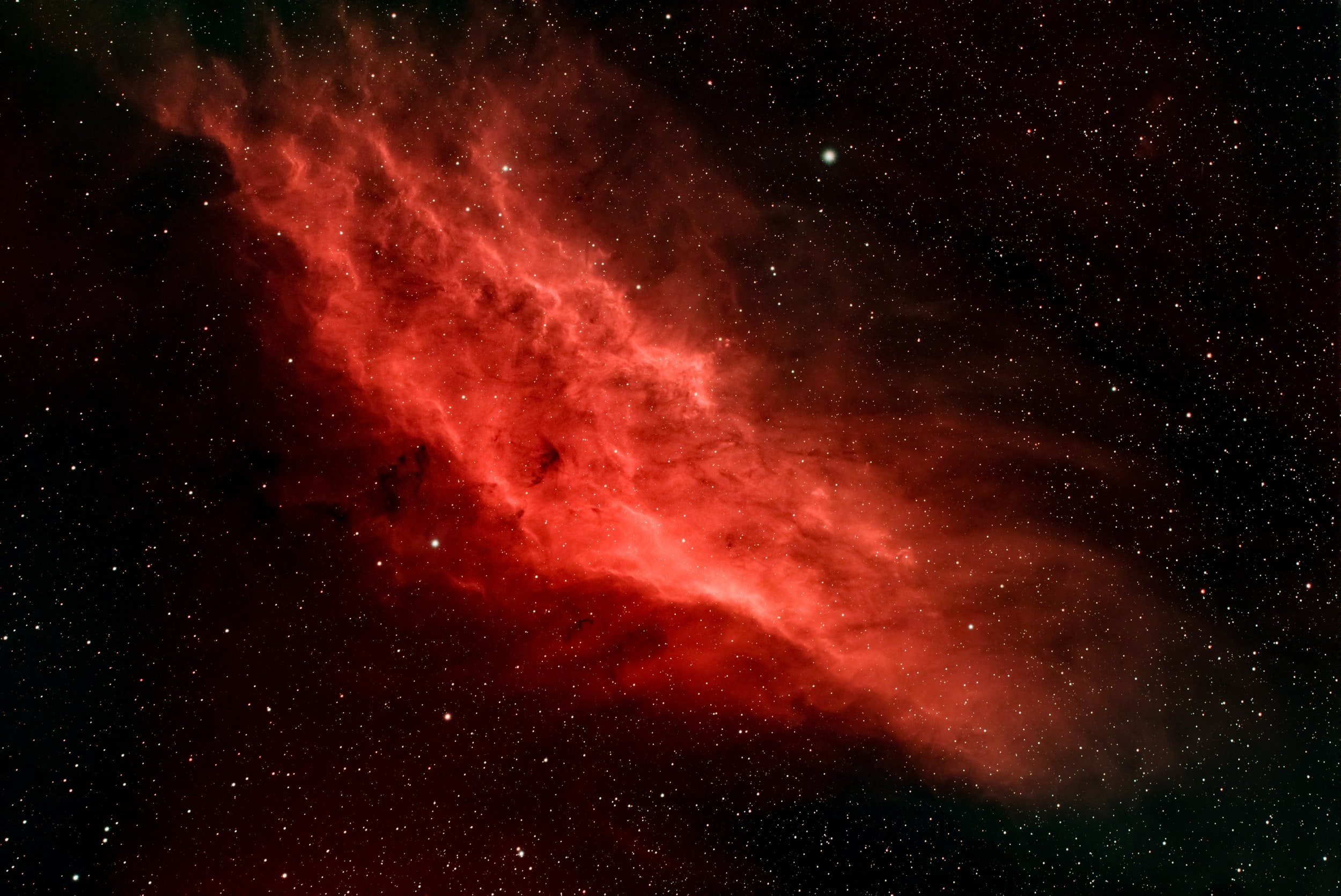
Ki Te Ao Mārama
Introduction to colour theory, a tirohanga Māori
Nā Sian Montgomery-Neutze, March 2022
What colours come to mind when you think of Te Ao Māori?
Do you see the black of your nannies’ tangi skirt? The white koru of the Tino Rangatiratanga flag or even the red of a whare tipuna? While each iwi and rohe have unique whakapapa stories for various colours, it’s safe to say that on a pan-tribal level, black, white and red colour our collective histories of resistance, reclamation and whakapapa.
These three colours saturate our visual language, such as kōwhaiwhai, ngā mahi a Te Whare Pora, whakairo and tā moko. They are seen in our kākahu, both contemporary and traditional and our adornments. They are also frequently referenced in oral literature, for instance our reo ōkawa, our waiata, whakataukī, pūrākau and karakia.
Which gets one thinking, why are they so important to us?
Like everything in Te Ao Māori, our relationship to colour can be traced back through whakapapa to our creation traditions;
Te Korekore (limitless potential)
Te (or Ngā) Pō (darkness/night)
Te Ao Mārama (the world of light)
Ranginui-Papatūānuku (the sky and earth)
Ngā Atua (the atua/gods)
Hineahuone (the first human)*
Te Korekore is usually described as limitless potential, the omnipotent energy of our universe. It is the nothingness and everythingness of all things, tangible and intangible.
Te Pō is known as darkness, or night. It is the expansion of our universe and the development of our world as we know it.
Te Ao Mārama is the world of light, and is the realisation of Te Korekore and Te Pō. It is the world of Ranginui and Papatūānuku and their tamariki, our atua Māori.
Hineahuone is the first human being. Born of the red earth, Kurawaka, the pubic region of Papatūānuku, she is a descendant of Te Ao Mārama and the origin of our menstrual cycles.
This kōrero provides context for understanding the whakapapa of colour and our relationship to it as Māori. From it, we see that our stories of the beginning are vast and rich, and that our relationship to colour is ancient and ancestral. From Te Korekore, came Te Pō - darkness. From darkness came Te Ao Mārama - light. From light came all colour, and importantly in the whakapapa of the human person, the red of the earth, from which humankind was formed.
In recent decades, Western science has come to the same conclusions as our tīpuna Māori in relation to how our universe evolved and the science of colour. That is, everything began from “nothingness” or a single atom, ie. the big bang - Te Korekore, to a period of expansion - Te Pō, to the formation of our world - Te Ao Mārama, and the evolution of humankind from the earth. Through this whakapapa, the presence of light makes colour as we see it is visible. In the absence of light (te ao mārama) we are left in darkness (te pō). Our tīpuna Māori have understood this whakapapa for many centuries, and the evidence is right here in our language and terminology related to colour.
The importance or role of darkness, light and the colour red in our creation traditions is also shared with our whanaunga throughout Te Moananui a Kiwa, this is seen in our shared language, terminology and descriptions of colour. In te reo Māori, we have several words relating to these as seen below;
Darkness (or black)
Pō (night)
pōuri (darkness, sad, in the dark)
pango (black, dark)
māngū (absence of light)
pōuriuri (dark night)
uriuri (intensly dark)
Light (or white)
Mā (bright, white, clean, likely a derivative from mārama)
tea (white, clear, transparent)
mārama (clear, light, lucid, bright, transparent, understood)
Red
Kura (red, glowing, treasured)
ngangana (red, glowing)
uraura (reddened, flushed, glowing)
whero (red) kōkōwai (red earth, ochre)
kurakura (glowing red)
karamea/kakaramea (red ochre)
muramura (glowing, blushing, flashing)
We can see from the whakapapa above that for Māori, these are more than words for colour. They are in fact ancient terms that articulate integral concepts in Te Ao Māori and our ancestors understanding of the evolution of the universe.**
Many of these terms and concepts are also shared with our Te Moananui a Kiwa whanaunga — uriuri (dark/darkness) mā (light) and uraura/muramura (red) are all common kupu and concepts across the moana. After this point in the whakapapa creation story, our respective languages then break off into more localised descriptions for the colour spectrum.
For instance, in te reo Māori, we see:
Green
Kawakawa (a local plant)
Pounamu (a local stone)
Kākāriki (a local bird primarily green in colour)
Blue
Kahurangi (references the sky)
Tūpāpaku (a deceased body)
Kikorangi (references the sky)
Yellow
Kōwhai/Puakōwhai (the kōwhai flower)
Pīngao (a local variety of flax, yellow or gold in colour)
The same can be said for our Te Moananui a Kiwa whanaunga, who often draw from their respective environments to describe the colours and important features or concepts within them.
Our relationship to colour, by whakapapa, is intrinsic. From colour, we’re born, in colour we live and by colour we pass on. It’s so much more than naming what we see with our eyes - it’s our connection to the atua we descend from, whakapapa, to our creation stories and to our ancestral origins. Stretching across Te Moananui a Kiwa, our shared kupu speak to our collective oceanic origins, and our localised words to our navigation stories. Our use of colour and the words we use to describe them are directly reflective of the different environments we came to call home, our tangata whenuatanga.
Te pō, te pō, te ao, te ao, te kimihanga, te hāhaunga, kia puta ai te mārama.
__________
*Every iwi have their own variations of this whakapapa, however the relationship between Te Korekore, Te Pō and Te Ao Mārama and the creation of Hineahuone as the first human woman is a generally accepted narrative throughout Te Ao Māori
**There are of course many other words within te reo Māori that describe these concepts, both on a local and collective level, however the above are generally accepted terms within te reo and Te Ao Māori.

Sian wishes to thank the following people who helped shape and inform this piece of writing:
Trinity Thompson-Browne, Rangimārie Jolley, Ngahina Hohaia, Stormy Kara, Josh Paki
Kauae Raro Research Collective acknowledges the time and brainpower of everyone involved in bringing together this piece, especially Sian Montgomery-Neutze for her thoughtful, considered writing.